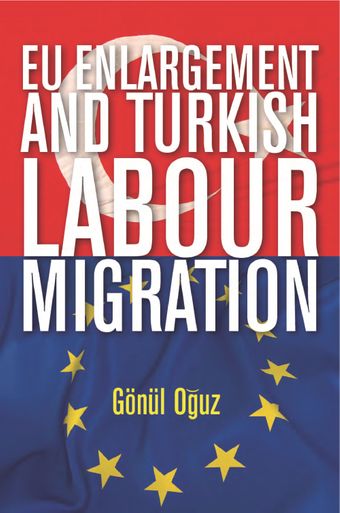Introduction

- Author: Gönül Oǧuz
- Main Title: EU Enlargement and Turkish Labour Migration , pp 1-24
- Publication Date: April 2013
- DOI: https://doi.org/10.18356/0352cb25-en
- Language: English
- Previous Chapter
- Table of Contents
- Next Chapter
On 1 May 2004, the European Union (EU) reached the end of a long process of enlargements that extended membership to eight new Central and East European countries (CEECs) – Hungary, Poland, the Czech Republic, Estonia, Slovenia, Slovakia, Latvia and Lithuania – plus Cyprus and Malta. Two more countries, Romania and Bulgaria, joined the EU on 1 July 2007. These Central and East European countries are referred to as the CEEC-10, even though they in fact exhibit considerable heterogeneity. The EU guarantees the free movement of workers to all its citizens and eventually to the citizens of the accession countries – the European agreements have already guaranteed the citizens of the CEECs the right to work. EU citizens are to be free to move anywhere within the expanded EU to look for work.
© United Nations
ISBN (PDF):
9789210552868
Book DOI:
https://doi.org/10.18356/0e44c90c-en
Related Subject(s):
Migration
Sustainable Development Goals:
-
From This Site
/content/books/9789210552868c003dcterms_title,dcterms_subject,pub_keyword-contentType:Journal -contentType:Contributor -contentType:Concept -contentType:Institution105
/content/books/9789210552868c003
dcterms_title,dcterms_subject,pub_keyword
-contentType:Journal -contentType:Contributor -contentType:Concept -contentType:Institution
10
5

